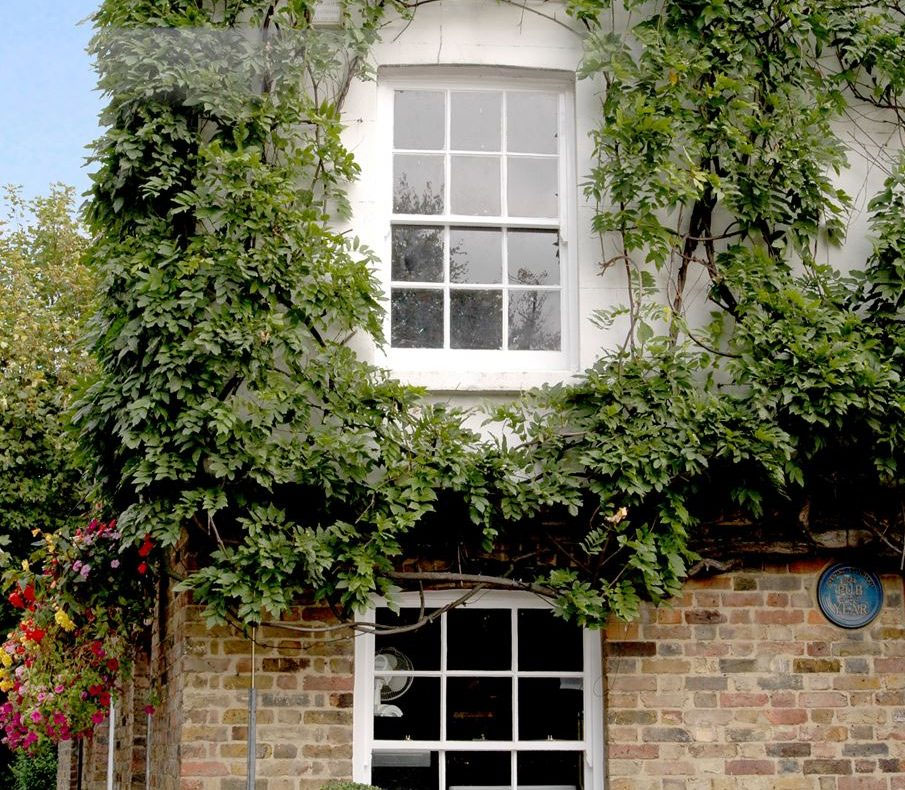In South West London, owning a property in a conservation area means every detail matters. Our hardwood timber windows are often specified as the preferred solution for heritage sash windows, ensuring compliance without compromise.
When restoring or upgrading homes in areas such as Battersea, Wimbledon or Putney, property owners are often restricted in what changes they can make to windows. Local authorities require designs that reflect the building’s original appearance, including the number and layout of glazing bars, the size of the rails, and the depth of the frames.
That’s where heritage sash windows, come in. These are custom-built units made to match historical proportions and materials, allowing for planning approval and architectural integrity. At the same time, they incorporate modern glazing options and sealing systems to meet performance expectations for energy and soundproofing.
For one listed property in Clapham, we were asked to replace decayed sashes on the front elevation with hardwood timber windows, all of which were visible from the street. Using original photographs and measurements taken from surviving units, we manufactured identical replacements in engineered hardwood, painted in a factory finish to match the existing colour.
Every element, from the shape of the horns to the putty line, was reproduced. The glazing was upgraded to slimline units with an acoustic layer, significantly improving comfort levels while satisfying conservation standards.
Heritage sash windows are not limited to listed buildings. Article 4 restrictions apply across large areas of Wandsworth and Streatham, requiring homeowners to follow specific design rules, even for replacement windows not visible from the street. Our bespoke heritage windows are designed with these rules in mind, allowing property owners to improve comfort and performance while remaining within legal limits.
The timber itself plays an important role. We use FSC-certified hardwoods chosen for strength, stability and their ability to hold detailing. Microporous paint finishes provide years of protection and require little ongoing maintenance.
If you’re planning a renovation or full restoration, the earlier you engage with a sash window specialist, the better. We work directly with architects, surveyors and planners to ensure each product meets both visual and regulatory standards.
See how our hardwood timber windows help deliver authentic results where it matters most, in conservation zones and listed streetscapes.
What are timber sash windows?
Hardwood timber windows are vertically sliding windows constructed from wood, traditionally found in Georgian, Victorian and Edwardian buildings. They consist of one or two movable panels, known as sashes, that slide vertically to open or close. These windows offer heritage charm, excellent insulation when modernised, and timeless design. Today’s timber sash windows are typically double-glazed and incorporate discreet draught-proofing to improve energy efficiency. They’re popular in conservation areas due to their architectural accuracy and natural material composition.
Are timber sash windows suitable for listed buildings?
Yes, timber sash windows are often the preferred choice for listed buildings due to their historical accuracy and natural materials. Local planning authorities typically require any replacement or refurbishment to match the original design in detail, which timber allows. Features like glazing bars, sash horns, and frame dimensions must reflect the original architecture. Using FSC-certified timber and slimline glazing can help meet both aesthetic and performance requirements while complying with conservation guidelines.
Can you get double glazed timber sash windows?
Yes, double glazed timber sash windows are widely available and are increasingly specified in both new builds and heritage refurbishments. They offer improved thermal efficiency, reduce heat loss, and help cut energy bills. Modern joinery techniques allow for the use of slimline double glazing, which fits traditional sash profiles without compromising appearance. These solutions are ideal for homeowners looking to upgrade efficiency while retaining period aesthetics, especially in conservation areas across South West London.

